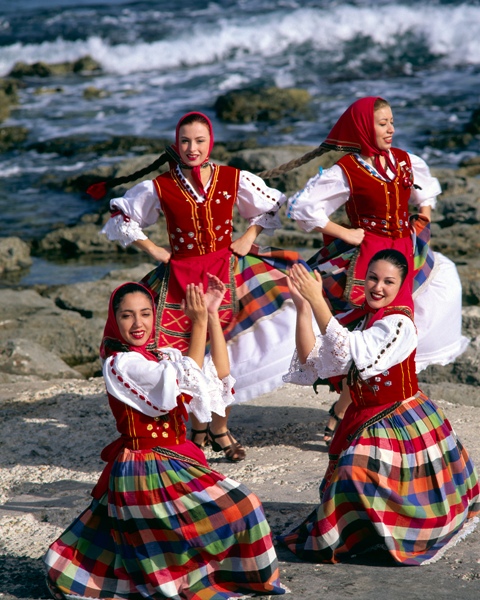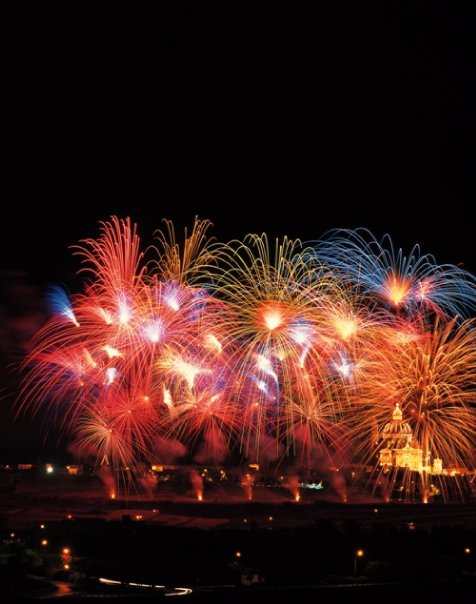About MALTAThe Maltese Islands have been from time immemorial a centre of attraction for the people of the Meditteranean. The first known inhabitants of the islands of Malta and Gozo Phoenicians who were followed by their kinsman, the Carthaginians, who remained in possession of the islands until the year 218 BC when they were ousted by their rivals, the Romans. Malta and Gozo began to form part of the praetorship of Sicily.
A memorable event during the Roman domination was the shipwreck of St.Paul on the island on his voyage to stand trial in Rome in AD 60. The Roman domination came to an end in AD 870 when the Algabite Arabs occupied the islands. The period of Arab dominion lasted for two hundred and twenty years during which their language left its imprint and forms an important element in the Maltese language. In 1090, Court Roger the Norman, son of Tancred of Hauteville, having already subdued the Arabs in Sicily, obtained the surrender of the Maltese Islands. For the next four hundred years, Malta shared much of the same fate as the island of Sicily of which it was to a certain extent considered an appendage. Throughout this period it was subject to the same ruling house which held sway over Sicily. In 1565, Malta withstood an epic by overwhelming hordes of Turks who outnumbered the defenders by five to one. The year following the siege, the foundation stone of the City of Valletta was laid, a city which Sir Walter Scott compared to a dream. Nelson and Napoleon both called it the “greatest stronghold in Europe”. The Maltese national congress, by a declaration of rights of the 15th June 1802, freely acknowledged as their legitimate sovereign the King of Britain on the condition that their rights and privileges be preserved and respected. Malta became an independent state in 1964, and 10 years later the islands of Malta became a Rbublic. In 2004, Malta became a full member of the European Union. |
|
|
|



